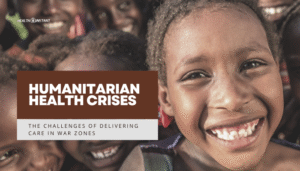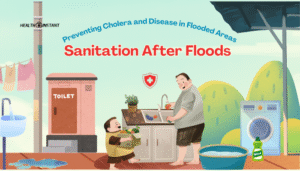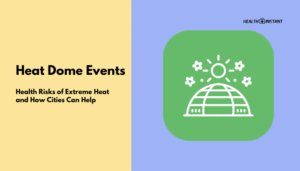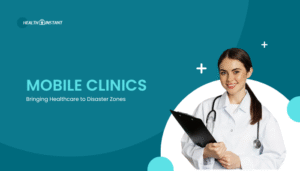Humanitarian Health Crises: The Challenges of Delivering Care in War Zones
Introduction In regions torn by conflict, providing healthcare transcends normal medical challenges. Facilities may be damaged, supply lines broken, and staff threatened—yet urgent care remains paramount. Organizations like Médecins Sans Front...
Read MoreSanitation After Floods: Preventing Cholera and Disease in Flooded Areas
Introduction Floods disrupt normal life, from submerging roads and buildings to compromising water sources. With standing water and damaged sanitation systems, the risk of waterborne diseases—including cholera, dysentery, and other diarrheal il...
Read MoreHeat Dome Events: Health Risks of Extreme Heat and How Cities Can Help
Introduction A heat dome occurs when a stagnant high-pressure system traps hot air over a region, creating extended periods of extreme heat. As global temperatures rise and urban areas expand, these events are becoming more frequent and intense.&...
Read MoreMobile Clinics: Bringing Healthcare to Disaster Zones
Introduction Natural disasters, pandemics, or conflict-driven crises frequently strain fixed healthcare infrastructure, making it hard for survivors to access immediate medical care. Mobile clinics bridge this gap by bringing healthcare services ...
Read MoreWhen Hospitals Are Full: Triage and Alternate Care Sites Explained
Introduction Disasters, pandemics, and mass casualty incidents can bring healthcare systems to their breaking point, leaving many hospitals overwhelmed. When this happens, frontline medical staff rely on triage to prioritize care according to pat...
Read More




